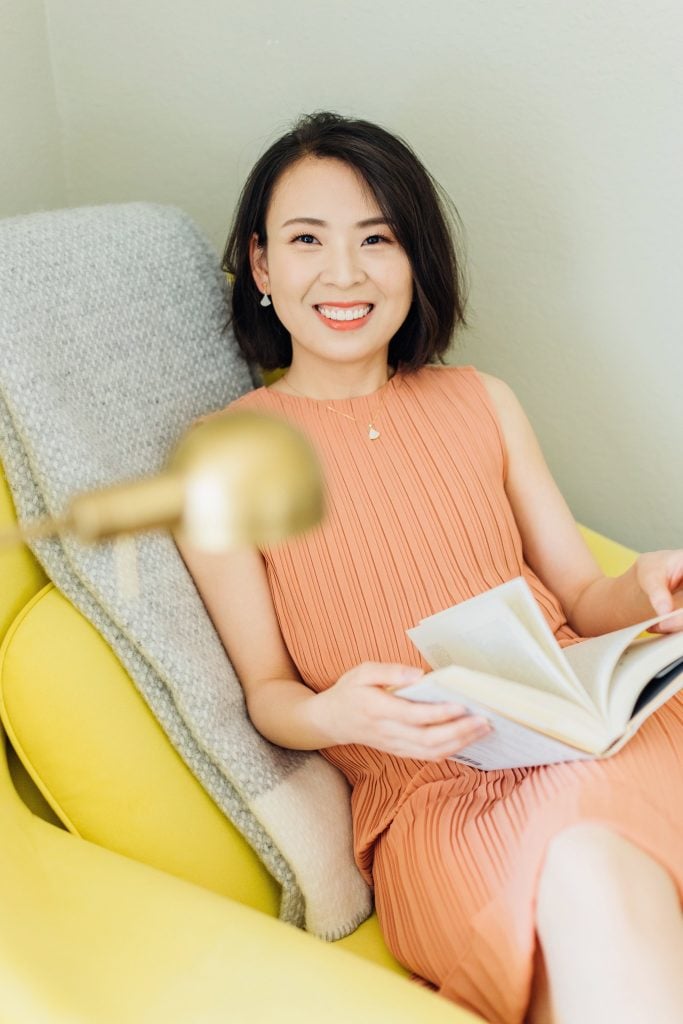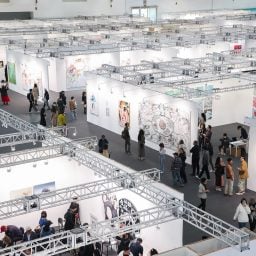A new multifaceted endeavor has caught the attention of not only of Google but the greater art world at large, offering a new approach to how art is sourced, supported, and shared.
Google engineer Grace Yao’s brainchild, Insel Island, which encompasses community building, gallery exhibitions, and a store, has a charming naming story that shows the core of its character: it takes its cue from Insel Verlag, a German publisher that was founded at the turn of the 20th century as a monthly magazine. Like the historic publishing house, Yao’s Insel Island is motivated by mass commercial appeal, but it is also dedicated to connoisseurship, accessibility, and support within the arts—and more specifically women artists.
Though founded as a humble series of happenstance projects related to the pandemic, Yao’s vision sees the organization growing to become an influential and heart-first venture to foster and promote the art of women around the world and cultivate a likeminded audience.
We recently reached out to Yao to learn more about what initially inspired the founding of Insel Island, and gain insight into what’s next.
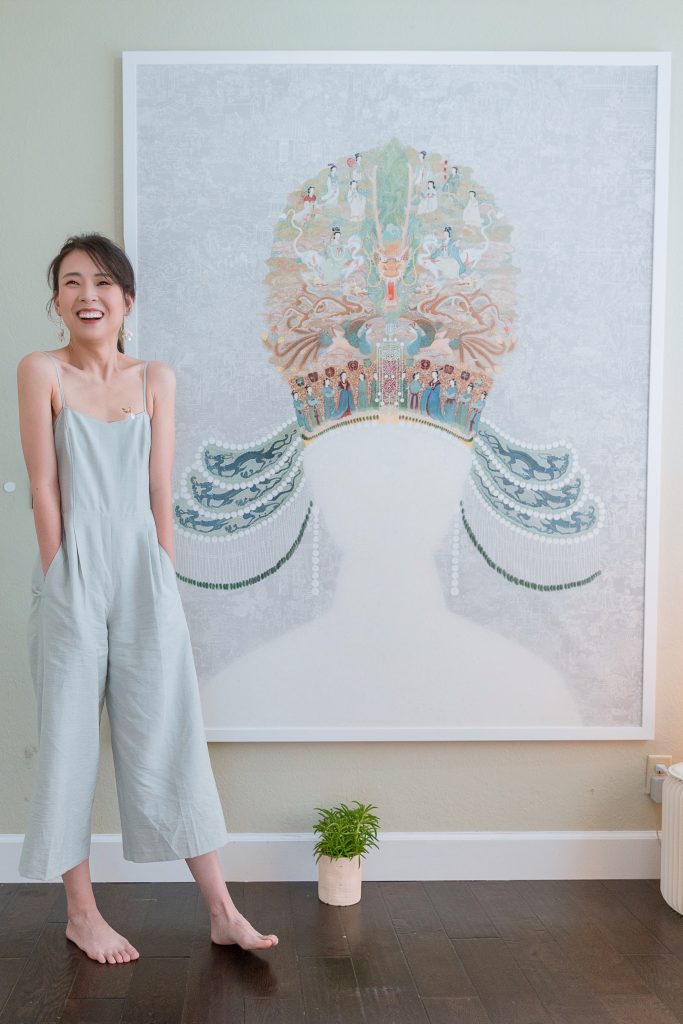
Grace Yao. Courtesy of Insel Island.
Can you tell us a bit about your background, and how you first became involved in the art world?
I work as a full-time software engineer at Google, and Insel Island is my passion project. Initially, I had little knowledge about art. My journey into the art world was sparked by two significant events:
Six years ago, my mother faced a daunting diagnosis of Stage 3C ovarian cancer. It was a dark time; she had lost all hope, and doctors gave her a survival estimate of just 6 months. However, during her treatment, she befriended an artist and discovered the world of Chinese ink painting. This art form captivated her, providing immense comfort and fascination. Remarkably, six years have passed, and not only has she survived, but she’s thriving, happier, and healthier than before her illness. My perspective on art transformed through this experience. I used to see art as a pleasant pastime, something nice to have, but my mother’s journey revealed its powerful impact on normal people’s life and well-being. While art didn’t cure her cancer, it played a vital role in rejuvenating her strength and spirit.
Secondly, the onset of Covid-19 and the shift to remote work granted me extra free time. During this period, I learned that a friend, an artist in China, was facing financial difficulties. The pandemic restrictions had prevented her from holding exhibitions or attending art fairs, which were her primary means of selling art. Eager to help, I organized an online exhibition for her in the United States, which turned out to be a great success. We sold many pieces, and word of our success spread, leading another artist, a Russian national who had relocated to Finland due to the war, to seek my assistance.
What started as a favor for a friend quickly snowballed; more artists began reaching out to me via Instagram and email. I discovered my passion for interacting with artists, curating exhibitions, and immersing myself in art history and the contemporary art market. These experiences were exhilarating and entirely new to me and have profoundly shaped my involvement in the art world, turning what was once a foreign field into a realm of passion and discovery.
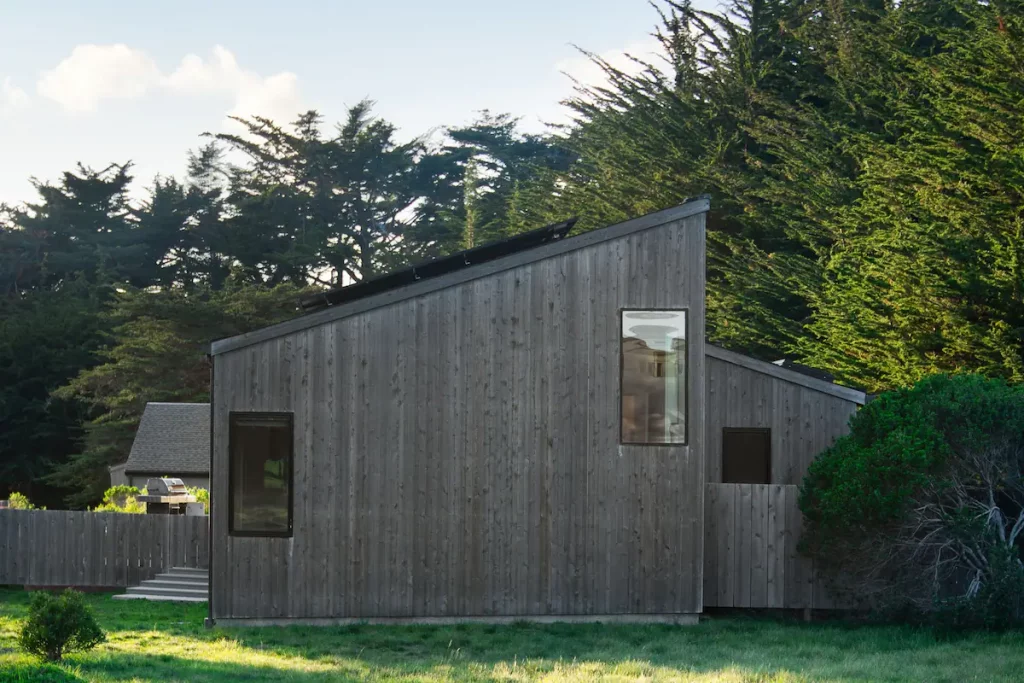
Insel Island location at Sea Ranch, California. Courtesy of Insel Island.
What led you to choose Sea Ranch, California, as the place to build an “artistic haven”?
In search of the perfect location near Silicon Valley, I explored numerous sites. Sea Ranch captivated me with its tranquility and commitment to sustainable, nature-friendly architectural design. The community, populated by artists and art enthusiasts, resonated with my vision. The moment I stepped into Sea Ranch, I knew I had found the right place. The contrast with Silicon Valley’s fast-paced environment was striking. Sea Ranch felt like a different world—a serene haven that The New York Times once dubbed the “last utopia in the USA.” I wholeheartedly concur with this sentiment and immediately decided to purchase a house there, envisioning it as not just a living space, but a sanctuary where art and life intertwine.
What went into developing the site?
The development of this site at Sea Ranch was a journey marked by financial commitment and creative collaboration. Amid the rise in rural housing prices due to COVID-19, I made a significant personal investment by liquidating my Google stocks to secure the down payment. This left limited resources for furnishing, but I was determined to avoid commonplace plastic furniture. My vision was to create an interior that mirrored the elegance and simplicity of the art exhibitions I envisioned hosting.
My experiences with Japanese-style hotels in the U.S. had been profound, yet I longed to see a space imbued with Chinese aesthetic sensibilities. This led me to reach out to up-and-coming Chinese furniture designers for potential collaborations. Fortune smiled on me when I partnered with a renowned Chinese furniture design brand, serendipitously led by another Grace! Our shared passion for art and the aesthetics of living brought our visions into harmony. Grace’s husband, a celebrated interior designer in China, lent his expertise to transform the house into a space that not only serves as a home but also as an art gallery.
Now, the house stands adorned with award-winning rosewood furniture, offering spaces for tea ceremonies and gallery walls that showcase ever-changing exhibitions. Every few months, we refresh the displays with works from different artists worldwide, at no cost to them.
To bring the experience of living with art to a wider audience, we converted the property into an Art House Airbnb. It has since become a sought-after destination in Sea Ranch. The proceeds from this venture are continually channeled into supporting women artists, thus perpetuating a cycle of artistic nourishment and appreciation.
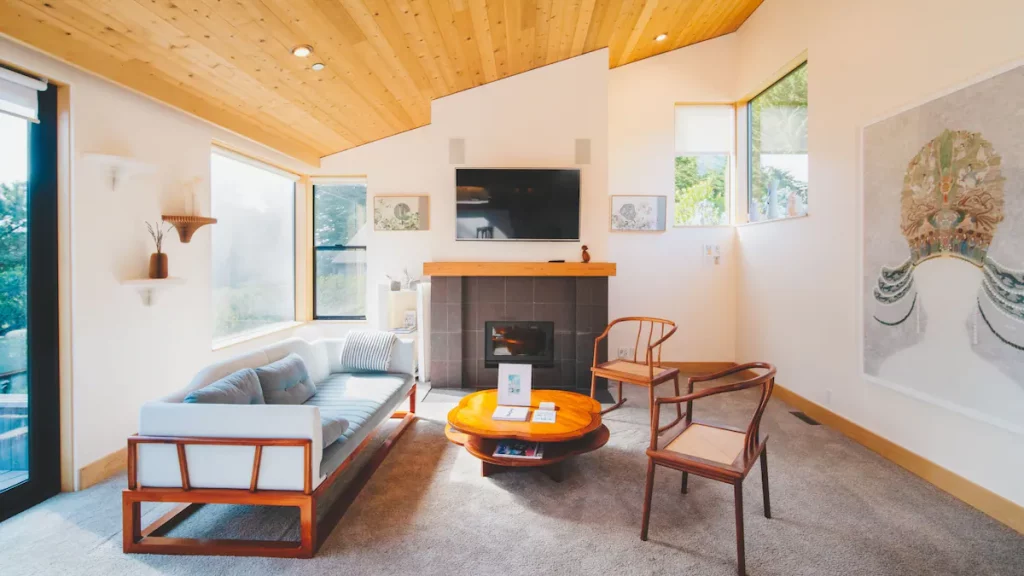
Insel Island location at Sea Ranch, California. Courtesy of Insel Island.
How would you describe the mission or ethos of Insel Island?
As my understanding of art history deepens and my familiarity with the art world grows, I’ve become increasingly aware of the underrepresentation of women artists, particularly those from regions beyond the United States. At Insel Island, our mission is centered on elevating these talented yet overlooked artists. We dedicate ourselves to providing support, hosting exhibitions, and promoting their work within the United States, striving to give them the recognition they rightfully deserve.
Parallel to this artistic endeavor, another core mission of Insel Island, is to champion girls’ education—a cause close to my heart for many years and one that Insel Island is now uniquely positioned to support. The profits generated from art sales, after covering the costs of exhibitions and the operational expenses, are channeled into philanthropic efforts. Each year, we make substantial donations to the SAVE the Children program, specifically earmarked for girls’ education initiatives.
This dual mission embodies our ethos: empowering women in the arts and contributing to the education of young girls, thus fostering a more equitable and enlightened future. At Insel Island, we believe in the power of art to transform lives, not just through aesthetic appreciation, but also through tangible, positive impacts on communities worldwide.
In what ways does the platform aim to address and leverage technology and the tech community?
In the coming year, we are excited to unveil a new platform, conceived to exponentially enhance our ability to support artists. We are currently in the midst of fine-tuning the details of this innovative platform. As we progress, our focus remains on creating a system that not only integrates seamlessly with the tech community but also amplifies the voices and works of artists on a global scale. While the specifics are under wraps for now, anticipate a groundbreaking launch that promises to reshape the landscape of artistic collaboration and career development.
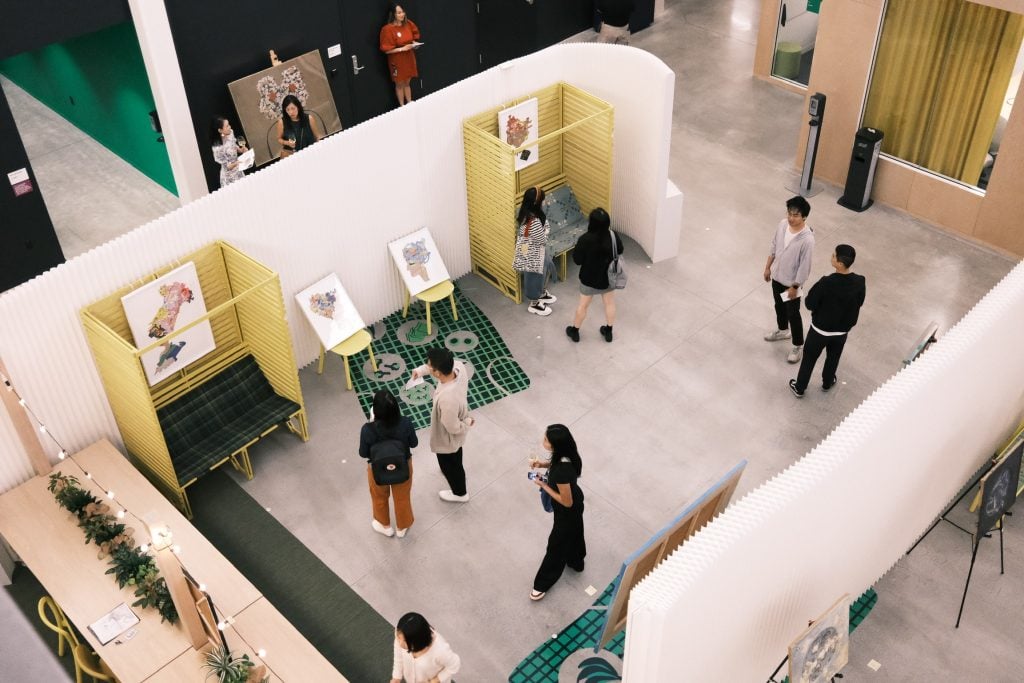
Opening night of “ARCHIPELAGO.” Courtesy of Insel Island.
Tell us about “ARCHIPELAGO.” What was the inspiration behind the exhibition series and what do you hope it achieves?
At its core, “ARCHIPELAGO” is an artistic endeavor designed to transcend the confines of geographical boundaries and create an ocean of cultural confluence. It’s a vibrant tapestry woven from the diverse artistic expressions of eight exceptional female artists hailing from various Asian countries. Each artist, in her unique stylistic language, contributes to this rich mosaic, celebrating individuality while illustrating our interconnectedness.
I want to make this exhibition more than a mere display of art; it should be a dialogue, a conversation between distinct cultures. The varying economic and cultural landscapes of Asia lend themselves to a diverse range of artistic expressions. By bringing these different forms under one roof, we aim to highlight how regional disparities enrich the art world, offering fresh perspectives and fostering an inclusive dialogue with our audience.
Similarly, can you talk about Google’s sponsorship and how it came about?
Google has always been a beacon of support for DEI initiatives, and its commitment to cultural events on campus is a testament to this ethos. However, the recent economic downturn posed challenges, tightened budgets, and made funding increasingly scarce.
In this challenging landscape, our first year seeking sponsorship was a journey of perseverance. We reached out to various organizations within Google, navigating uncertainties and the looming possibility of not securing the necessary support. Just when our hopes were dwindling, a turning point came in the form of Women@Google.
Our proposal resonated with them instantly—they approved a generous sponsorship almost immediately and provided us with a beautifully furnished space for our event. This gesture was more than funding, it was a powerful affirmation of our efforts to celebrate and uplift underrepresented artists.
The success of last year’s event garnered tremendous feedback from within Google, paving the way for an even more ambitious journey this year. To engage a wider audience, we chose the iconic Bayview building on our campus as the venue—a decision that surprisingly required NASA’s approval due to our proximity to their headquarters!
This experience has been a remarkable odyssey of resilience, collaboration, and community. My aspiration is to see this evolve into an annual celebration, enriching our lives at Google and beyond. More importantly, it’s about creating a platform that consistently supports and elevates underrepresented artists, fostering a diverse and vibrant artistic community. We’re not just hosting events, we’re nurturing a legacy of inclusivity and artistic expression at Google, and that, to me, is profoundly rewarding.
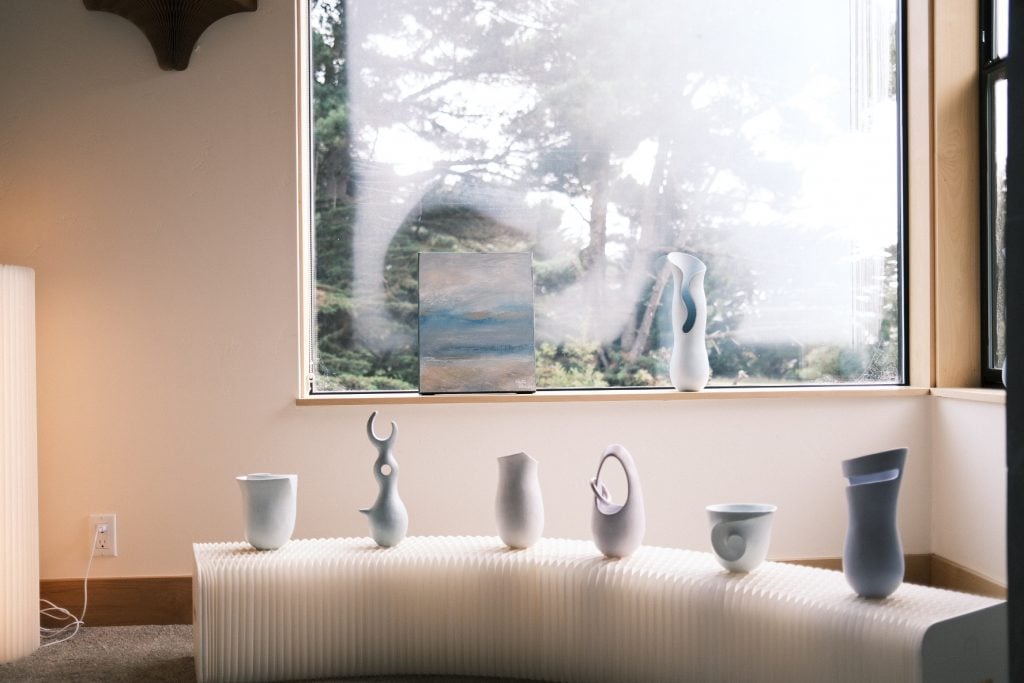
Installation view of exhibition held at Insel Island’s Sea Ranch, California, location. Courtesy of Insel Island.
Looking to the future, how do you envision Insel Island growing and evolving?
Insel Island emphasizes organic growth, focusing on a few high-quality exhibitions each year. Next year, two exhibitions are planned: a collaborative showcase with the Royal College of Art and other top art schools to help students exhibit in the U.S.
The second exhibition is a solo showcase featuring Wang Yiya, a highly acclaimed artist from previous Insel Island exhibitions. This exhibition will highlight Yiya’s latest collection “Garden of Dreams,” which is inspired by the renowned Chinese novel The Dream of the Red Chamber.
As we look to the future, our focus pivots towards a new venture that emerged from the ethos of Insel Island—a dedicated community platform. This initiative is more than just an extension of Insel Island, it’s a paradigm shift in how artists support and interact with artists. Our goal is to create a system where support for artists is not only consistent but scalable. While our exhibitions have been successful in highlighting a select group of artists, we acknowledge their limited capacity in terms of reach and impact.
This community platform is envisioned as a vibrant, self-sustaining ecosystem, fueled by technological integration and savvy social media strategies. By leveraging these tools, we aim to amplify the voices of artists far beyond the confines of our physical exhibitions.
It’s a space where artists can connect, grow, and find support—a digital agora of sorts, brimming with creative energy and collaborative potential. It’s a natural progression, aligning with our vision of making art more accessible and empowering artists on a global scale. We are excited about this new chapter and are committed to nurturing a space where art thrives, communities engage, and creativity knows no bounds.
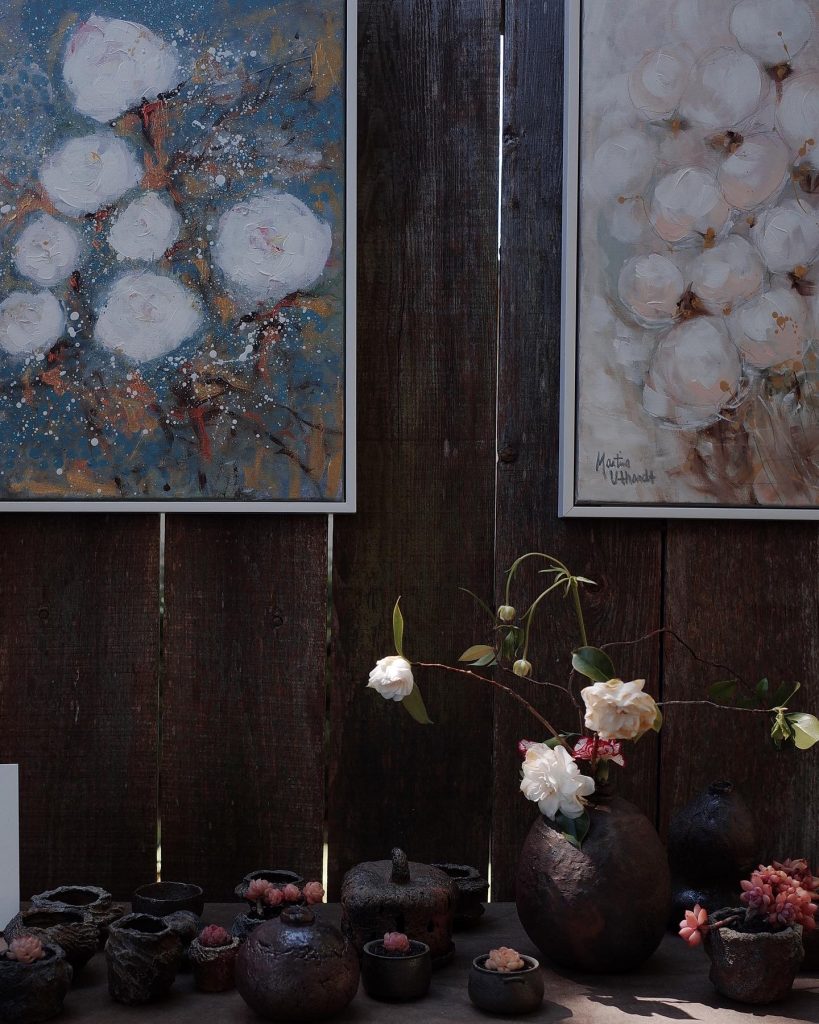
Installation view of one of Grace Yao’s exhibitions at home. Courtesy of Insel Island.
Learn more about Insel Island here.
